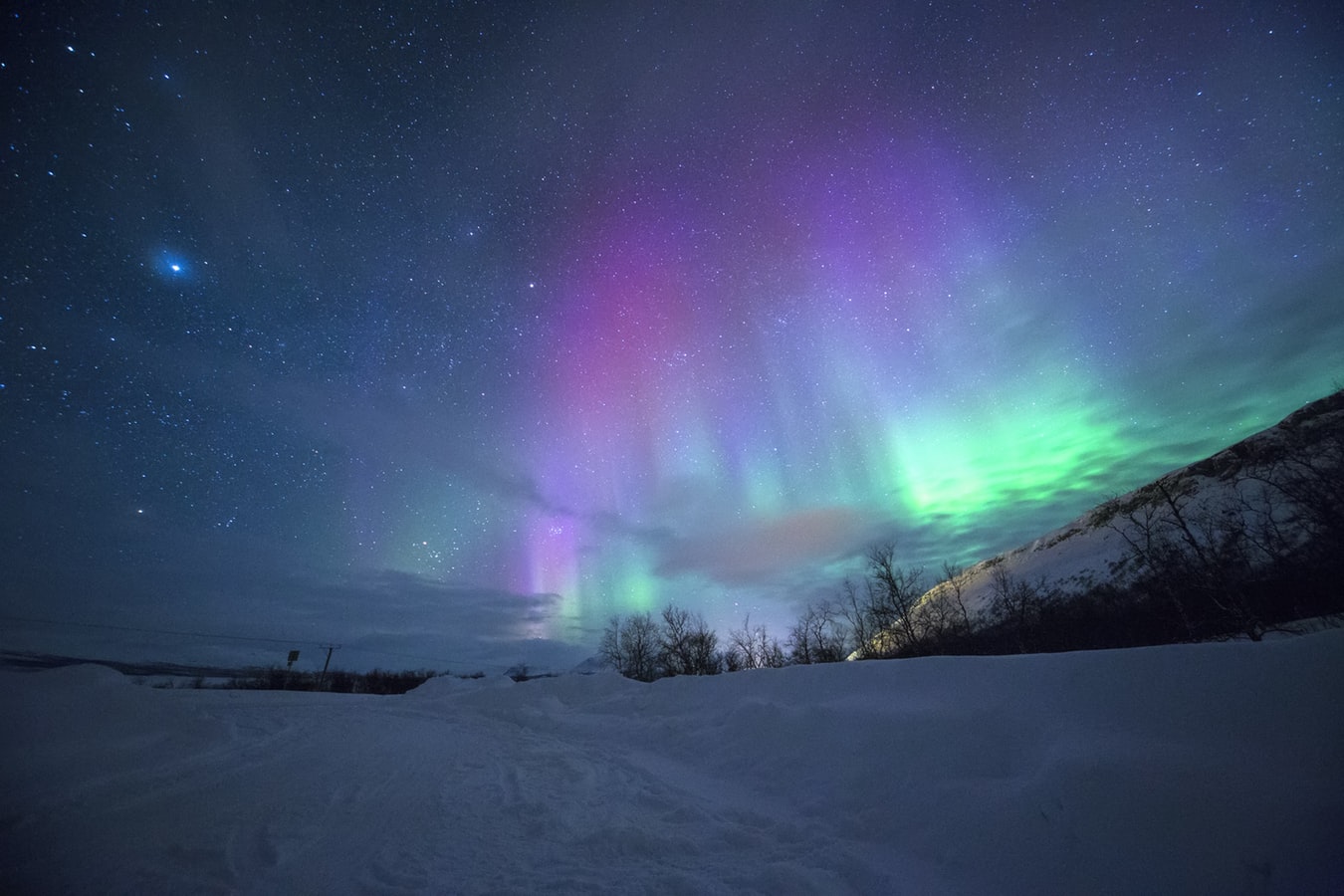Descripción/Description:
Job Position Description
The thesis project will be developed within the AGN research group of the Department of Extragalactic Astronomy at IAA where we coordinate a national project titled "AGN near and far''. Studies extend from the central engine (SMBH) to the host galaxies and their environments. The work involves researchers from IAA and two other Spanish institutions (IAC and Univ. Barcelona). The student will also benefit from our collaborations in Europe, Mexico and USA. The project is framed within the 4DE1 formalism for type 1 quasars showing diagnostic optical and UV broad emission lines arising within light weeks of the central continuum source. Development of the PhD will see the student reducing and analysing new spectroscopic data, as well as collecting additional information from astronomical archives. The new spectroscopy for high redshift QSO has been obtained with the 10m GTC telescope (Canary Island), the 8m VLT at ESO (Chile), the 4m Telescopio Nazionale Galileo and the 3.5m telescope at Calar Alto. Archival data from the SDSS is intended in the optical spectral range and Hubble archival for the UV. Radio images will come from the FIRST survey and the XMM archive will provide the X-Rays.
The student will be instructed in spectroscopic reduction of optical and UV data followed by mentoring in techniques analysis of the broad lines including multi-component fitting. This facilitates interpretation of physical properties in the BLR including characterization of high ionization outflows as well as estimation of fundamental quantities such as BH mass and accretion rate. This will lead to development of models incorporating geometry and dynamics of the outflows. A key challenge will be to study the effect of source line-of-sight orientation on all of the measures. The student will make stays in centers with which we collaborate, will attend relevant astronomical schools and will participate each year in international astronomical meetings to present research results.
Group Leader: Ascensión del Olmo Orozco (chony@iaa.es)
